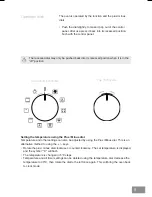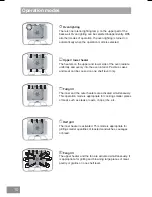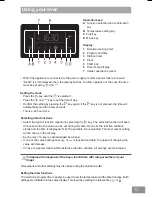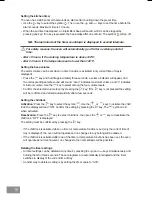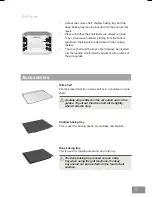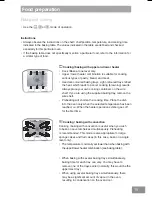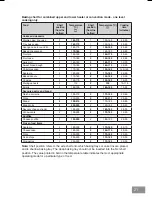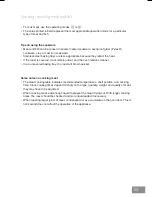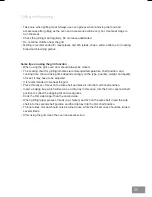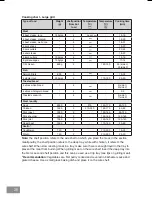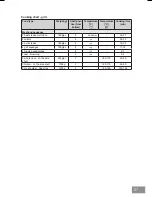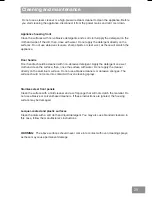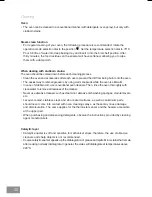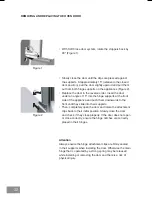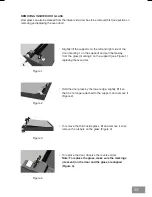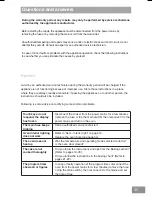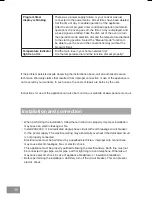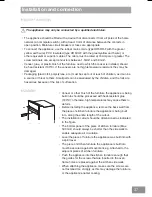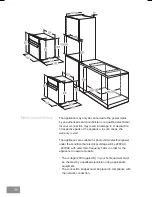
23
Some notes on cooking meat
• The meat cooking table indicates recommended temperatures, shelf position, and cooking
time. Since cooking times depend strongly on the type, quantity, weight, and quality of meat,
they may have to be adjusted.
• When cooking meat, add enough liquid to prevent the meat drying out. With longer cooking
times, the roast should be checked and more liquid added if necessary.
• When roasting larger joints of meat, condensation may accumulate on the oven door. This is
normal and does not affect the operation of the appliance.
• To cook meat, use the operating modes or .
• The value printed in bold represent the most appropriate operation mode for a particular
type of meat and fish.
Tips on using the cookware
• Meat and fish can be cooked in enamel coated cookware, ovenproof glass (Pyrex®)
cookware, clay, or cast iron cookware.
• Stainless steel baking trays are less appropriate because they reflect the heat.
• If the roast is covered, it will remain juicier, and the oven remains cleaner.
• In an uncovered baking tray, the roast will brown quicker.
Cooking / roasting meat and fish

